Full forward is truly a unique position.
In recent weeks we have seen the clamour of the press and our own fans in keeping up with the latest updates on Max King’s return. Max’s return against GWS Giants was both welcome and successful. When teammates rushed in to celebrate the first of his four goals, they expressed the feelings of every Saints fan.
The endless “when will the full-forward be back?” question has echoes of distant years when it was top of the agenda for two former star Saints.
The greatest of all – Tony Lockett – was the focus back in 1991, and three decades earlier it was a man of similar physical strength – Bill Stephenson, whose every inch of progress dominated press reports.
In Big Stevo’s case the saga began in 1961 when he broke an ankle at Geelong. He had played as a ruckman/centre half-forward and was good enough to have earned Victorian selection. But a move to the full-forward role had been a revelation and a week before the ankle injury he had bagged five goals.
Back on deck for the start of 1962, he captured the headlines in the opening month with bags of five, three and seven goals. In the fourth-round match of the day, he was in blistering form against Essendon (the eventual premiers) with five goals in the first half. But then he injured his knee and the Saints came crashing down. This was a low-scoring era, so it was little wonder that 20 goals in just three-and-a-half games generated media excitement. Five weeks later he was rushed back into the side, but with just two goals was struggling and he missed the rest of the year.
It was a time when knee injuries frequently ended careers, and without the medical advances of today Stephenson’s footy future was hanging by a thread. Scrapbooks of the time reveal an intense stream of stories: “Stevo on final list”, “Stevo is tested”, “Stevo in form in practice match”. On the Monday before the opening round, his picture adorned the front page of The Sun as he was named on the senior list with no conditions attached. A few weeks earlier the Saints had received medical advice that his damaged knee would not stand up to senior football.
Eased into the reserves side for the opening round, he booted a couple of goals but fluid developed on the knee and he could not appear in Round 2. Another run in the twos in Round 3 produced five goals and convinced selectors he was right and he was included in the team for the Round 4 clash with Collingwood.
Late in the first quarter a 55-metre goal sent the home crowd into raptures. Three more majors in the second term built a handy lead and things only got better from then on. As the Globe reported: “Stephenson made a brilliant comeback to kick seven goals and two behinds from 10 shots. He was invincible in the air”.
It was the ultimate dream return.
A generation after Stevo’s famous return, the game’s greatest spearhead, Tony Lockett also had a delayed start which attracted constant focus by the football world.
In the seemingly innocuous environment of a mid February 1991 pre-season game , the big fellow looked sharp and fit at the start of the game, covering plenty of ground in the attacking zone. But by quarter time Lockett was off the ground with a major back problem. It related to an incident that had happened 10 minutes into the game when West Coast defender John Worsfold cannoned into his back after Lockett had slid low in a marking attempt.
Lockett was whisked away to an undisclosed location for scans, but Saints football manager Peter Hudson said X-Rays had revealed no bone damage. The rumour mill was already cranking up to full bore and there was speculation on everything from a cracked vertebrae to kidney damage or broken ribs.
Hudson tried to dampen down the speculation when he said “I imagine it’s like a corked thigh. Every day it becomes a little better." But clearly it wasn’t getting any better and the club’s injury list constantly read “Lockett - one to two weeks”.
The weeks would flit by as he missed Round 1 and Round 2 without an end in sight. An article in one paper featured illustrations of the various injury possibilities as medical experts put forward their theories.
Finally Plugger returned to action for the Round 7 game against Adelaide at Moorabbin – the ”one to two week” absence having extended to 76 days. Also returning to the team was Nicky Winmar after serving a 10 week suspension.
For Saints fans it was a huge boon, but there was better to come in the first 35 seconds of the game. The fairytale start saw Robert Harvey burst from the centre at the opening bounce and send a pinpoint pass to the big forward. Of all the huge roars from the Moorabbin crowd over the years, nothing surpassed the one that greeted Plugger’s opening goal from 45 metres.
With Winmar gathering momentum and Harvey dominating, the Saints simply scorched Adelaide. Plugger had nine goals by half time and understandably ran out of steam after such a long absence.
By day’s end the Lockett return had netted 15 marks , 12 goals , six behinds (including one poster) and the Saints had a club record 131 point victory.
That said it all.



